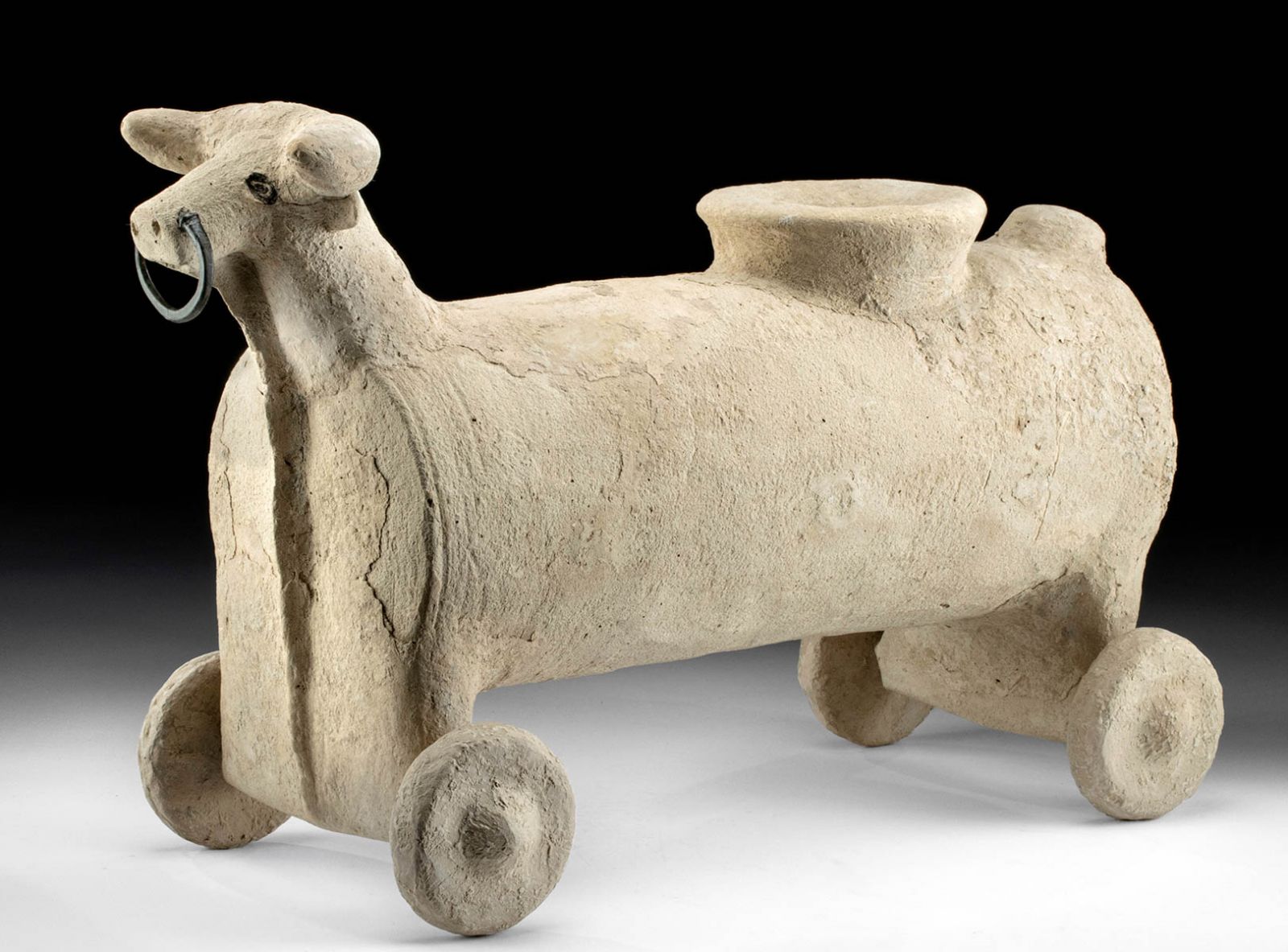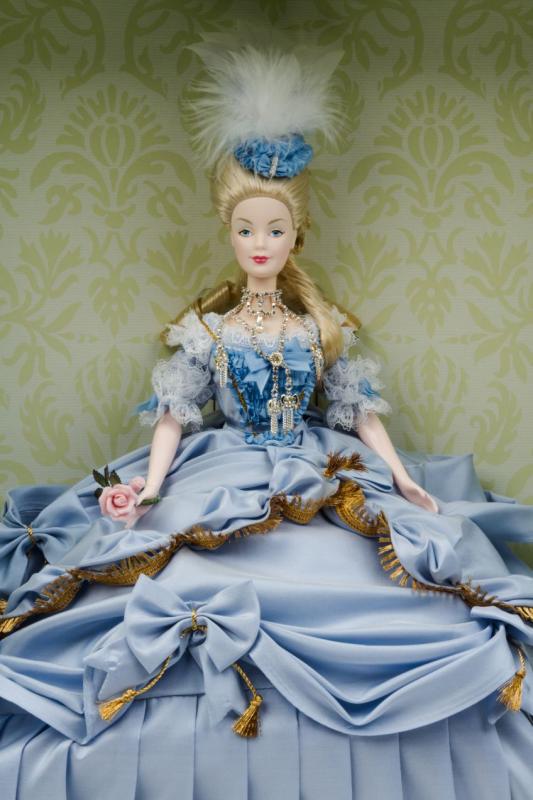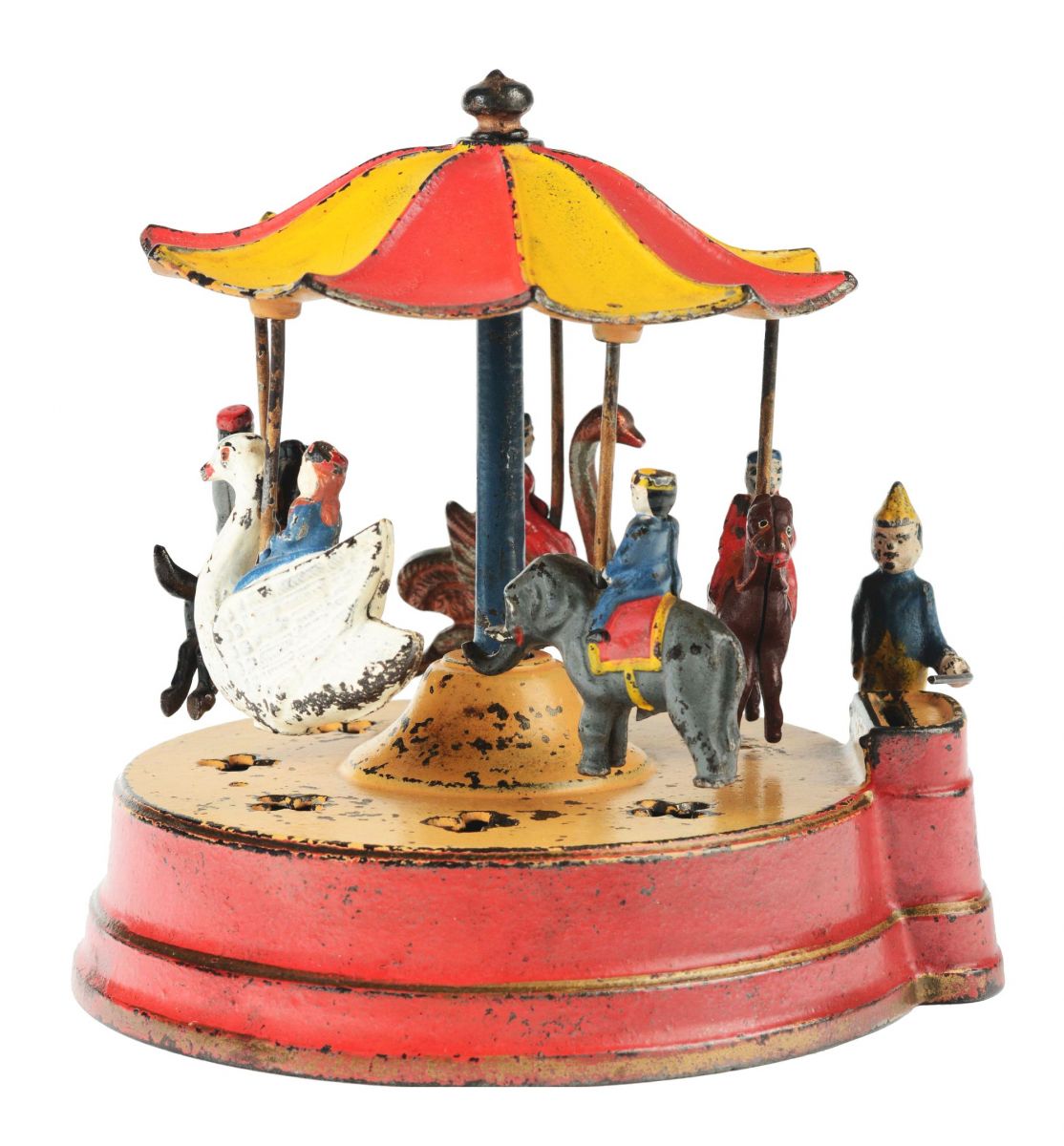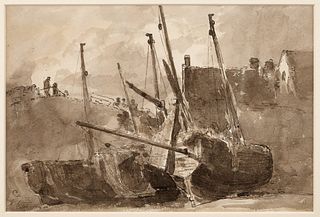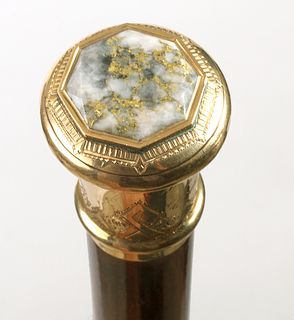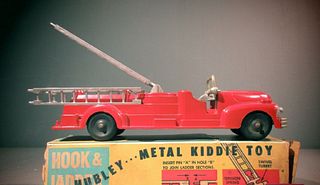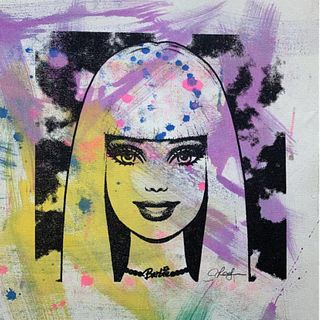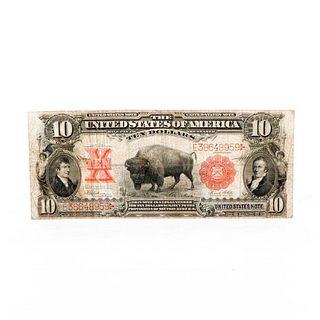Reconnecting with Vintage and Antique Toys: Nostalgic Memories and Valuable Collectibles
Playthings have always been an inseparable part of children’s lives. Antique toys unearthed during excavations give us a glimpse of playtime activities around the world. While yo-yos may be one of the oldest toys, clay animals, horses on wheels, and rattles were the favorite toys of ancient Greek and Roman children. Archaeologists even recovered a 2,000-year-old carved animal figurine near Stonehenge. Prehistory and history abound with toy treasures that speak about ancient people and the times they lived in.
Lot 85a, Large Syro Hittite Pottery Bull Pull Toy on Wheels, Ancient Near East, Syro-Hittite, Bronze Age, ca. 2nd millennium BCE. Sold for $2,490
Playthings cradled in the lap of civilization
The settlements of the Indus Valley Civilization have some of the best-preserved toys. These give us a glimpse of ancient children and their play world. People in these civilizations played with trained animals. Their terracotta toy oxcarts often had mobile parts. Archaeologists recovered these toys from Mohenjo-daro, one of the largest settlements of the Indus Valley Civilization.
Located 81 miles south of Mohenjo-daro, Chanhu-daro was also home to a variety of antique toys. Excavations at the site reveal simple clay toys that amused children. Both common people and skilled laborers crafted these playthings. The site contains numerous broken frames and wheels. Some toys featured robust Indus Valley pottery with four holes pierced on each side to carry wood, akin to the farming carts used in present-day Sindh.
Playthings and games were a major part of Egyptian life for both children and adults. Ancient Egyptians excelled at carving wooden toys, including the popular movable variety. Some Egyptians made dolls made of papyrus reeds. Animal-shaped clay rattles and balls of animal hide were also a common sight. These toys related to the Egyptians’ death beliefs. A small wooden crocodile from around 1100 BCE holds some clues. Anthropologists believe these "toys" were actually funerary articles that families placed in the tombs of loved ones to prepare for the afterlife.
The British royal family has its share of notable vintage and antique toys. Many anecdotes surround Queen Elizabeth II’s love for horse riding. For instance, the Queen is so particular about her equestrian routine that even the global pandemic could not keep her from riding. Her love for horses started in her childhood years. The then-Princess had a huge collection of toy horses at her 145 Piccadilly residence in London. Each toy had a bridle and saddle, and she tended them carefully. When the royal family shifted to Buckingham Palace, Princess Elizabeth’s toy horses moved with her. They typically stayed on the second floor, right outside the bedrooms.
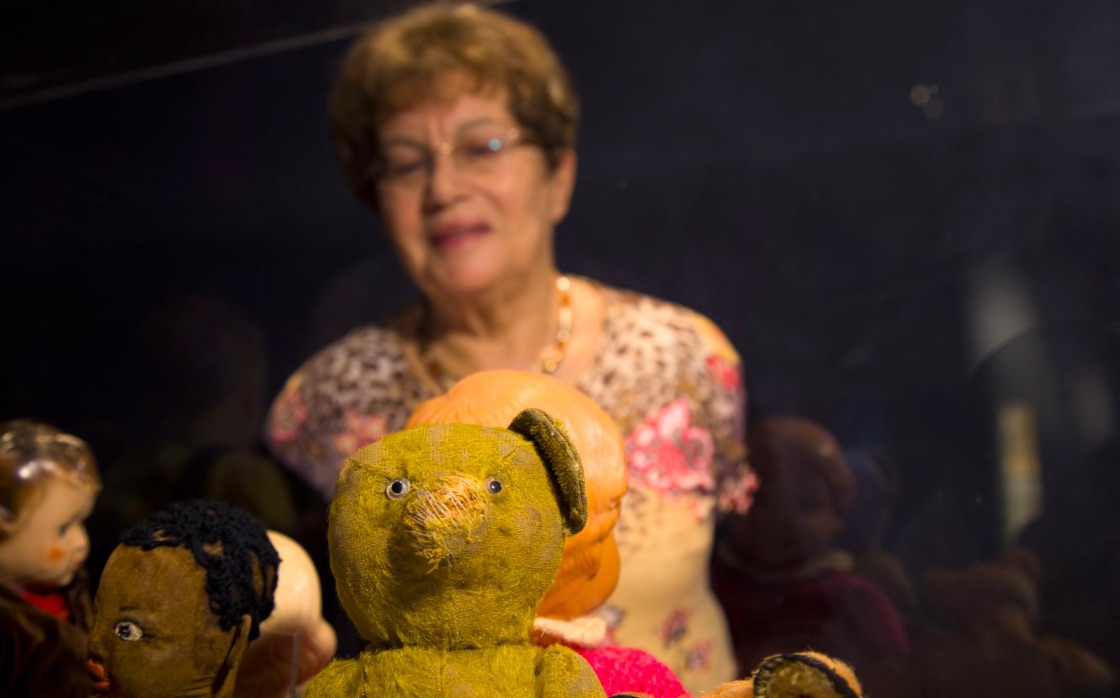
Ina Rennert looks at her childhood teddy bear, which is now housed in a display case at Jerusalem’s Yad Vashem museum
There’s more to toys than child’s play
On Holocaust Remembrance Day, the “Stars Without a Heaven: Children in the Holocaust” exhibition held at a Jerusalem museum showcased the toys of the catastrophe’s survivors. While toys are generally seen as a comfort in a child’s life, playthings from the Holocaust tell poignant stories of suffering and survival. One of the exhibits featured a doll that saved a Jewish family in Nazi-occupied Paris. The mother of the family hid precious stones inside her daughter’s doll while escaping.
Another toy that stood the test of time was a girl’s teddy bear. Now an octogenarian, the girl shares the experiences of her family. She recounts fleeing the Nazi invasion of Poland in 1939 along with her parents. In one lasting memory, her mother ran to the car only to return for the girl’s beloved teddy bear.
Lot 319, A Limited Edition Marie Antoinette Barbie, model 53991. Sold for $688
Know the worth of your vintage toys
If you’re sorting out your old playthings or family heirlooms, you may want to give them a close inspection. Some could win you a great fortune. Not every old toy is a jackpot, but all you need is an eye for detail to tell gems from junk. Over the decades, collectors built a robust market for vintage and antique toys. The 1980s Garbage Pail Kids cards are among the leading vintage toys; check out the entire collection of 80's and 90's Pop Culture Toys available at auction. A spoof on Cabbage Patch Kids dolls, these cards can fetch between $1,000 and $3,000 at auction. Experts say original packaging is especially important. The 1978 Luke Skywalker action figure is another antique toy that could earn you up to $25,000.
Remember the peanut royal blue elephant Beanie Baby? That shade of blue was actually a manufacturing error! If you own the same Beanie Baby, it may earn you $5,000 or more. When it comes to Barbie dolls, the 1950s versions and special editions offer the best deal. From 1930s Monopoly sets to the 1969 Hot Wheels "Volkswagen Beach Bomb," rare varieties are the most valuable vintage and antique toys in the collectibles market.
Lot 1160, Kyser & Rex Merry-Go-Round Cast Iron Mechanical Bank. Sold for $56,700
Getting started with collecting vintage and antique toys
If you want to collect vintage toys that make you nostalgic for a bygone era, experts have some handy suggestions. When you start your collection, selecting a specific line of vintage and antique toys may give a certain sense of direction. Consider focusing on one type of toy—Transformers, He-Man, Star Trek, Barbie, Star Wars, Polly Pocket, GI Joe, or Masters of the Universe.
When buying online, you may want to check the product description, photographs, and mint condition (MIP, MIB, MOC, NIP, or NIB). Condition is a very critical factor in the vintage toys market. For instance, a cast iron mechanical bank in a mediocre condition may sell for $600 to $800. In contrast, one in good condition could sell for over $8,000.
Reviving your priceless memories of vintage and antique toys is what should ultimately drive your collection. No matter how tempting a “good investment” opportunity sounds, always ask yourself: “Do I love this toy?” Prospective selling is all about hits and misses but investing in your interest guarantees self-contentment.
- Preview the December Doyle+Design Auction: A Celebration of Modern & Contemporary Mastery
- Billings Winter Design 2025: A Celebration of Modern Mastery Across Eras
- The Ultimate Holiday Gift Guide: Luxe Finds From Bidsquare’s Finest Auctions
- Fine & Antique Jewelry Sale: A Curated Journey Through Craftsmanship & Design
- Upcoming Auction Spotlight: Doyle’s Fine Art: 19th Century & Early Modernism
- Entertain with Style This Holiday Season: Highlights from Doyle’s December 8 Auction
- Six Standout Lots from Newel’s Fine Jewelry, Timepieces & Luxury Handbags Sale
- Artist Spotlight: Roy Lichtenstein, Pop Art’s Master of Bold Lines & Bigger Ideas
- Discover the Warmth of Pennsylvania Impressionism: Nye & Co.’s Dec. 3 Auction Features the Collection of Nancy & Robert Stein
- Inspired by Cape Cod: The Artists Who Paint Its Light, History, and Character



 EUR
EUR CAD
CAD AUD
AUD GBP
GBP MXN
MXN HKD
HKD CNY
CNY MYR
MYR SEK
SEK SGD
SGD CHF
CHF THB
THB